|
Notes: Ilfracombe was the subject of numerous unsuccessful schemes,
including rival L S W R and Devon & Somerset Bills in 1864.
An eventual agreement for a joint line of mixed gauge broke down
when the Devon & Somerset could not pay its share. A new approach
was made by the Barnstaple & Ilfracombe Railway, a subsidiary
of the L S W R, receiving Royal Assent on 4 July 1870.
 |
Now the price had to be paid for the railway's late entry into
North Devon. So depressed had the economy become and so many labourers
had emigrated that not enough navvies could be found, the line
was eventually opened from a new junction at Barnstaple on 20th
July 1874 with intermediate stations at Barnstaple Quay, Wrafton,
Braunton and |
Mortehoe & Woolacombe.
Engineering works were heavy, with a tunnel above the Slade Valley
and an S-shaped bridge over the Taw at Barnstaple as well as almost
continuous embankments and cuttings, except in the section beside
the Taw estuary. There were steep gradients, down trains climbing
three miles at 1 in 40 and then dropping at 1 in 36 for two miles
round sharp curves to the terminus perched spectacularly on a
cliff edge above the town. During its first years the Ilfracombe
line had lightweight rails, and only selected rolling stock could
be used.
| The year before the opening the Devon & Somerset Railway
launched a coach service from its Barnstaple terminus (the present
Victoria Road) to Ilfracombe. This continued in hot opposition
to the L S W R until 1st June 1887, the opening date of the mile-long
loop from the terminus round the outskirts of the town to Barnstaple
Junction. |
 |
Barnstaple Junction, just called Barnstaple till the opening
of the Quay station on the Ilfracombe line, had its down island
platforms added in May 1874 in readiness for that event. Barnstaple
Quay was replaced by Town on a larger adjoining site to the north
in time for the opening of the line to Lynton in 1898 which had
a terminal bay at the new station. The Ilfracombe line was initially
single track but was doubled in three stages between 1889 - 1891,
although the bridge over the River Raw remained single.
 |
On 1st July 1905 the Barnstaple eastern spur was opened completing
a triangular junction outside the G W R's station (later Victoria
Road) permitting Taunton - Ilfracombe trains to by-pass it. For
a long time the G W R played an important part in Ilfracombe's
development, the journey from Paddington being considerably quicker
than that from Waterloo. |
Traffic on the Ilfracombe line reached its peak in the mid 1930's.
The line proved popular during both wars with Ilfracombe providing
a welcome break from war time stress.
Although the line did not close after the 'Beeching Axe', the
goods service was withdrawn and the line was singled with a new
DMU service being introduced. However the popularity of the car
ensured that the branch lines days were numbered. By the late
1960's the line was beginning to look very derelict and the end
finally came in 1970 with the last train pulling out of Ilfracombe
at 7.55 p.m. on 3rd October.
Almost at once a preservation society was formed to take over
the 14 miles of track. Steam for the holiday crowds was the main
aim but a survey showed a need for a diesel service at least from
Braunton - Barnstaple. A class 4 tank at the Barry scrapyard was
reserved for the society and worked on by enthusiasts.
| Despite numerous fund raising events including a centenary exhibition
at Ilfracombe in 1974 the cost of reopening the line had risen
to £500,000 which could not be raised and the North Devon
Railway Company which had been set up to administer the line folded.
Later that year the rails were lifted and in 1978 the bridge over
the River Taw was demolished ending any |
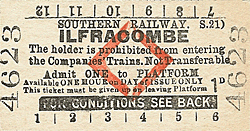 |
remaining hopes of reinstating
the Ilfracombe Railway.
The trackbed between Barnstaple and Braunton is now part of the
Tarka
Trail cycleway.
Sources:
A regional history of the Railways of Great Britain - Volume
1 The West Country
Published by David & Charles (1960)
Back along the lines - North Devon's Railways by Victor Thompson
Published by Badger Books 1983 ISBN 0 946290 03 2
Route map drawn by Alan Young,
tickets from Michael Stewart
Suggested further reading:
The Barnstaple & Ilfracombe Railway by Colin Maggs - Oakwood
Press ISBN 0 85361 368 0
Branch Line to Ilfracombe by Vic Mitchell & Keith Smith -
Middleton Press 1 873793 21 9
To see the other
stations on the Ilfracombe branch line click on the station name:
Mortehoe
& Woolacombe, Braunton,
Wrafton, & Barnstaple
Town |

old5.jpg)
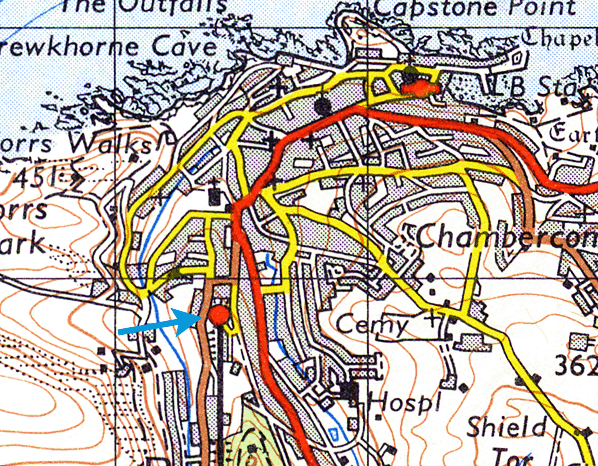
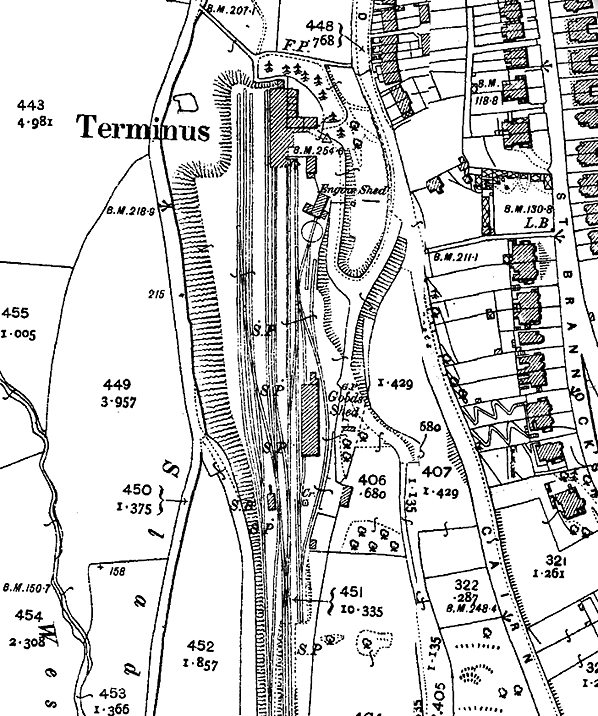
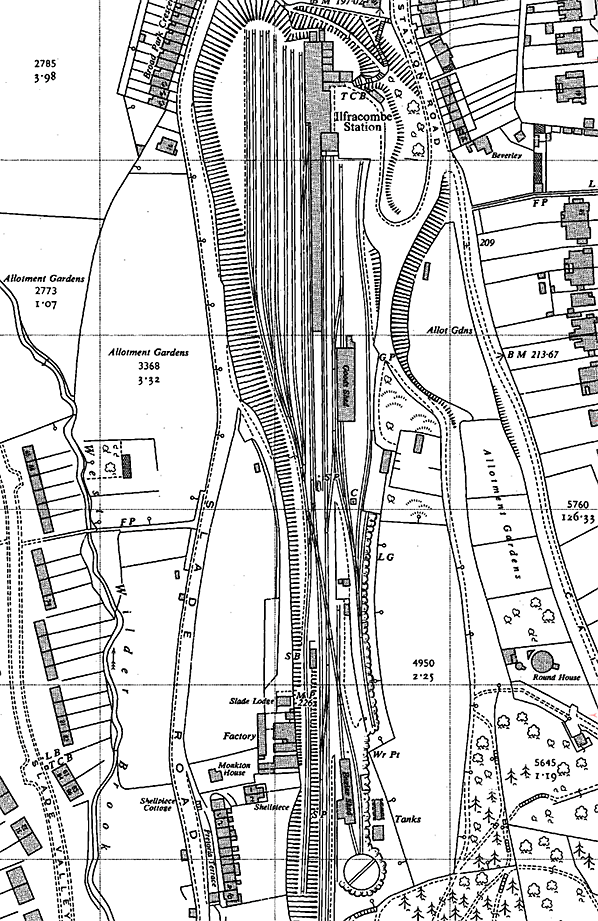
old7.jpg)
old11.jpg)
old12.jpg)
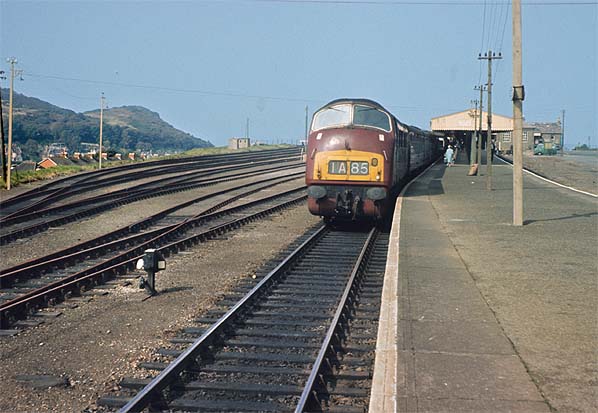
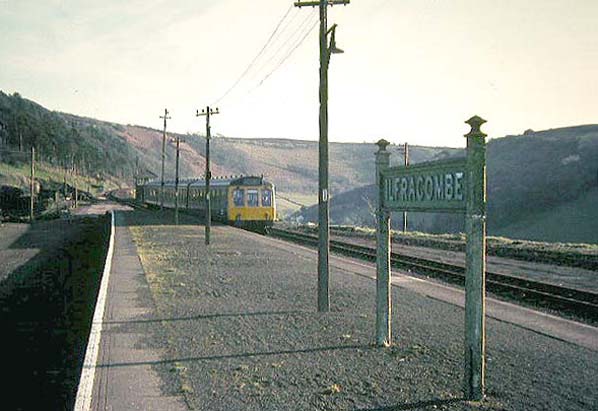
 Home Page
Home Page 





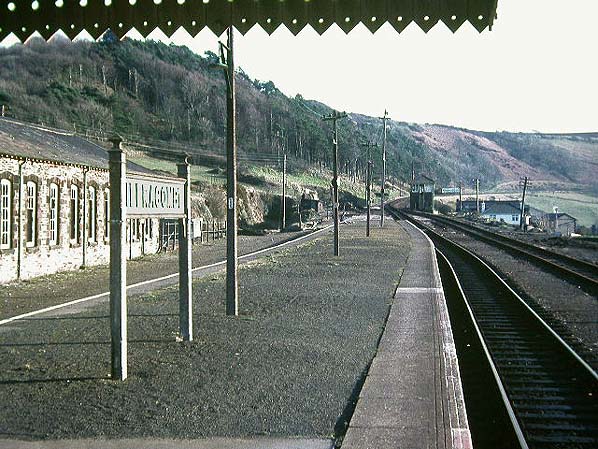
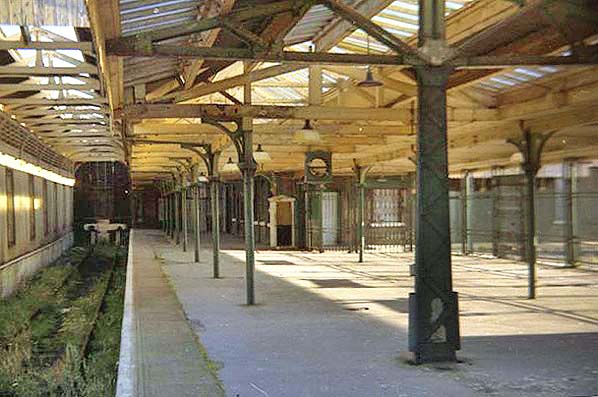
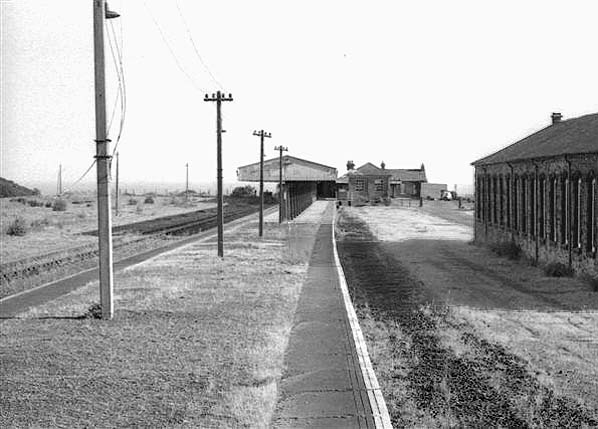
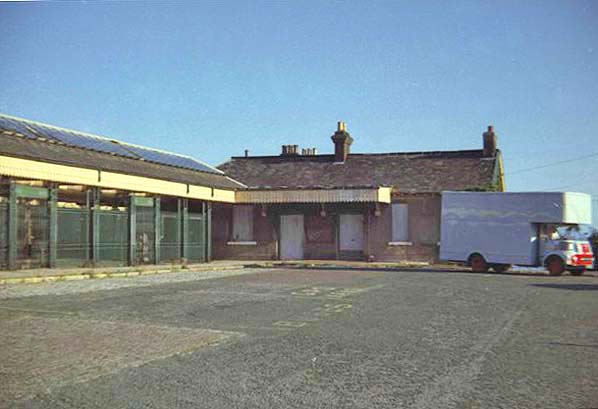
29.jpg)
